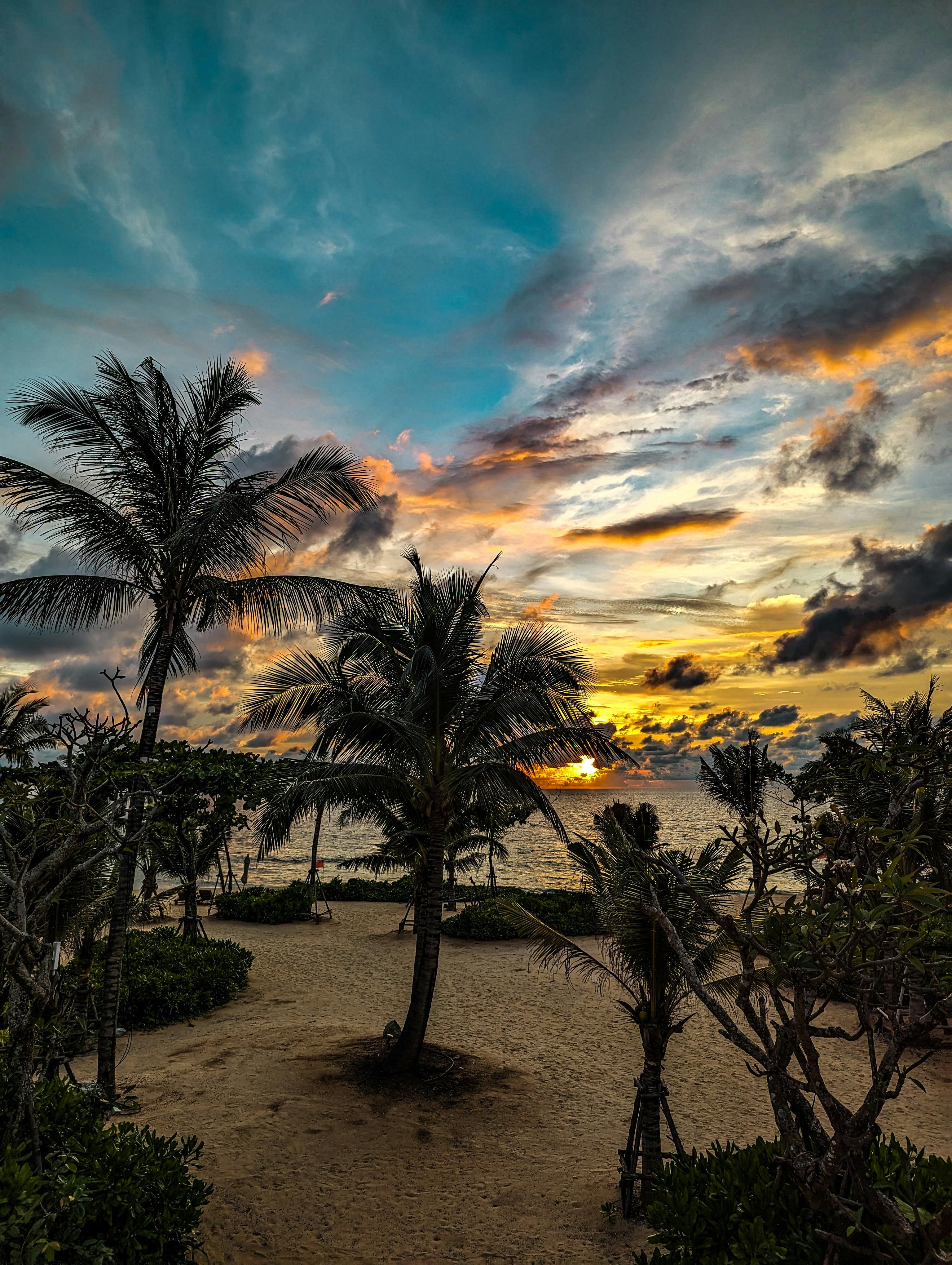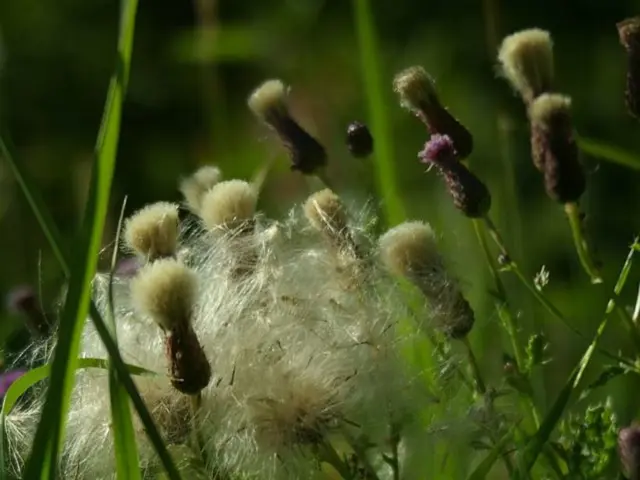Strategies for Transitioning Indoor Plants to Outdoor Spaces during Summer:
Ready to give your indoor plants a summer vacation? Here's how to make it a successful trip.
- Timing is Key: While it's tempting to rush your plants outdoors as soon as you see the first signs of spring, it's best to wait for nighttime temperatures to stay at or above 60°F. And don't forget to check your area's last frost date before putting those green babies outside. Give them a month to adjust to the outdoor conditions to guard against a cold snap.
- Pot Check: Make sure your plants are cozily nestled in a sturdy container with drainage holes. This way, they won't drown during a downpour.
- Slow and Steady Wins the Race: Gradually introduce your plants to higher light levels and outdoor conditions to avoid shock and sun scorch. Start by placing them in a shady spot for a few hours a day over one to two weeks, and gradually increase their time outside as they get accustomed to the heat, light, and air. Once they're adjusted, they can stay outside for the rest of the summer.
- Brace for Wind: Wind can be rough on houseplants, causing them to topple, dry out quickly, or lose leaves. Putting your plants in a heavy pot can help prevent them from being knocked over. If strong winds are predicted, it's a good idea to bring in plants with larger leaves, such as peace lilies, bird of paradise, and monstera, to protect them from damage.
- Pick the Right Spot: Your houseplants will likely not be big fans of long periods of direct sun. So, find a spot with partial shade for most of the day. Even plants like succulents and cacti can get sunburned if placed in full sun. Your colorful plants will love the improved air circulation on a patio or balcony or in a shade garden in the yard's least sunny spot.
- Avoid Rain Runoff Zones: Plants can be damaged by water from roof runoff during rainstorms. Succulents in particular need to be protected by an overhang or some sort of cover.
- H2O Needs: Houseplants dry out faster outside due to the heat and air circulation. Be sure to check the dryness of the soil and water your plants daily to keep them well-hydrated. You can even install a drip irrigation system to ensure your potted plants always have enough water.
- Bug Patrol: Any plants moved outdoors can become irresistible targets for pests. Check on your plants every day to make sure bugs haven't moved in; catching an infestation early makes it much easier to deal with. A strong spray of water is often enough to knock off a few aphids, mealybugs, or spider mites. For larger problems, consider using insecticidal soap or neem oil.
- Indoor Return Trip: Most houseplants won't fare well in temperatures below 50°F for more than a few days, and freezing temperatures can be lethal. Give your plants a week or so to acclimate to indoor conditions before colder fall temperatures hit. Provide steady light and watering if your plants experience shock when coming back indoors.
Enjoy the summer vibes with your houseplants! They'll thank you for it.
Insights:
Staging Acclimation:
- During the initial stages, place your plants in the shade, protected from wind, to help them adapt to outdoor humidity and temperature fluctuations while minimizing sunlight exposure.
- Gradually move them to a semi-shaded and semi-protected spot with increased wind exposure and morning sunlight followed by afternoon shade.
- Finally, relocate your plants to their final outdoor location, ensuring proper light exposure based on the plant's requirements. Remember that even acclimated shade plants may suffer in full sun.
For some plants, it's recommended to extend the acclimation period to a month or more, especially when moving them into part sun environments. Keep an eye on weather conditions and be prepared to bring plants inside if there are extreme weather conditions like heavy rain or intense heat waves.
If you can keep your plants in shade throughout the summer, they can be moved outside immediately without extensive acclimation. Start with shade and slowly allow gradual exposure for best results.
- Before taking your houseplants outdoors for the summer, make sure to check the weather forecast for the last frost date in your area.
- To prevent your houseplants from drowning during heavy rain, ensure they are in a sturdy container with proper drainage holes.
- Gradually introduce your houseplants to outdoor conditions and stronger light levels to avoid shock or sun scorch by placing them in a shady spot for a few hours a day over one to two weeks.
- When placing houseplants outdoors, consider finding a spot with partial shade to protect them from direct sunlight, which can cause sunburn.
- Secure your plants in heavy pots to protect them from being knocked over by strong winds, or bring in plants with larger leaves during windy periods.
- When placing houseplants outdoors, be cautious of rain runoff zones to prevent water damage. You may want to provide succulents with an overhang or some sort of cover.







